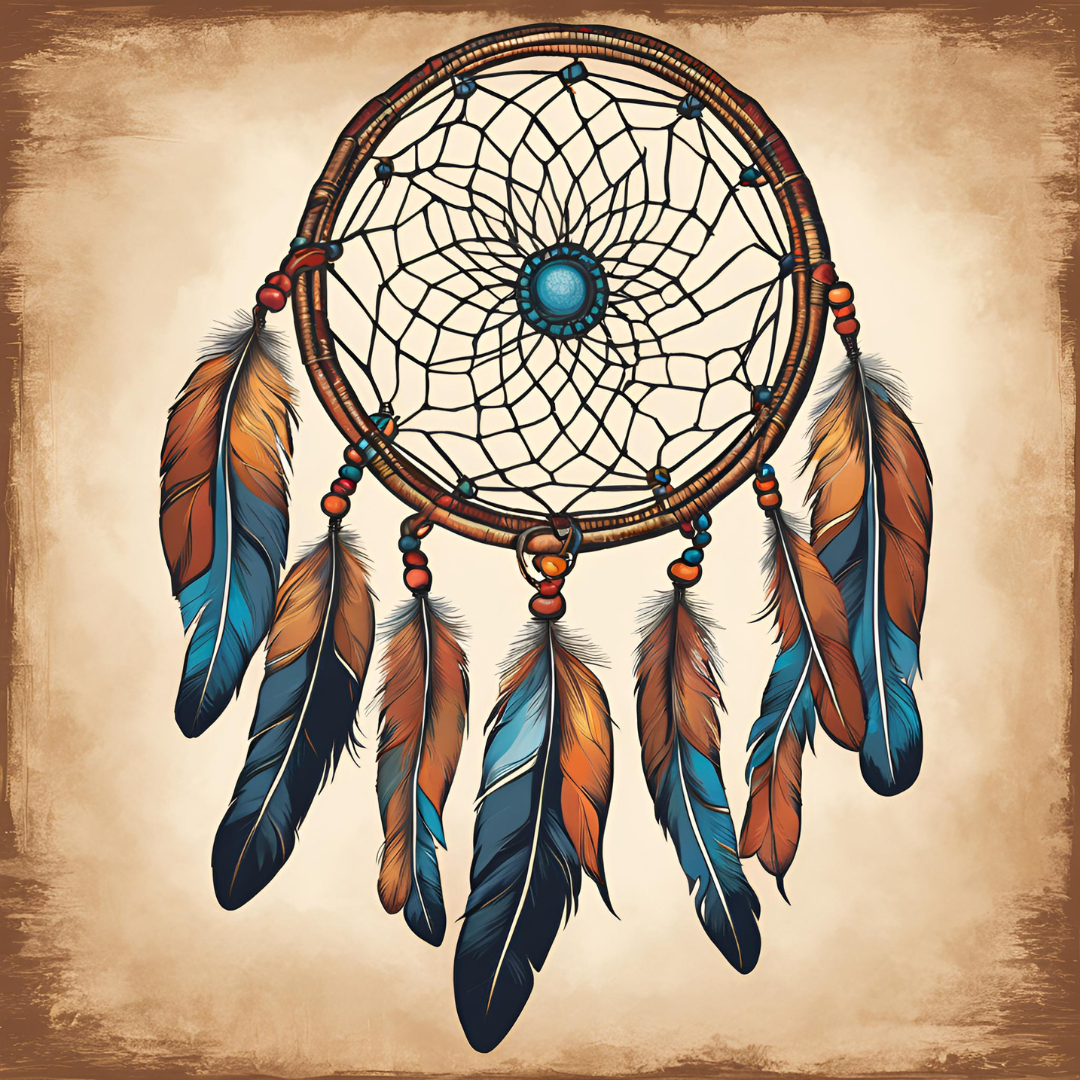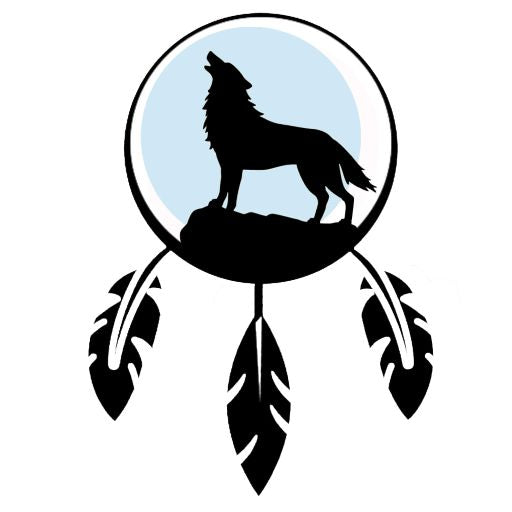The History of Indigenous Dreamcatchers: Origins and Evolution Through the Ages

Dreamcatchers are now widely recognized objects around the world, often used as hanging decorations in homes. However, behind their aesthetic appearance lies a rich cultural history rooted in indigenous traditions. To better understand the deeper meaning of dreamcatchers, it is essential to examine their origins and evolution over time.
The History and Cultural Meaning of Indigenous Dreamcatchers
Dreamcatchers are widely recognized today, yet their roots go far beyond decoration. They originate from Indigenous cultures of North America, where they were crafted with intention, respect, and a deep understanding of the spiritual world.
Traditionally, a dreamcatcher was placed near a sleeping area to help guide dreams and protect the sleeper from negative energies. The circular hoop represents the cycle of life, while the web symbolizes the ways in which teachings, experiences, and dreams are filtered. According to tradition, good dreams move through the web and slide down the feathers, while harmful dreams become tangled and disappear at sunrise.
The materials used were natural and chosen with care. The hoop was often made from a flexible branch, such as willow, wrapped in hide or sinew. Feathers, beads, and symbolic elements were added according to the teachings and the role of the dreamcatcher within the family or community.
Over time, dreamcatchers became known by wider audiences. Unfortunately, many mass-produced versions have appeared, often without cultural respect or authenticity. For many Indigenous artisans, creating a dreamcatcher is not a trend. It is a meaningful practice connected to identity, responsibility, and ancestral knowledge.
Today, dreamcatchers continue to be used for protection, reflection, and harmony. Many people place them in their homes, workplaces, or vehicles as reminders of balance and clarity. When crafted by Indigenous artists, a dreamcatcher carries not only beauty but also cultural depth, intention, and a connection to teachings passed down across generations.
Choosing an authentic dreamcatcher supports Indigenous artisans and ensures that this meaningful tradition is honored with the respect it deserves.
Origins and Legends
Dreamcatchers originated with the Indigenous peoples of North America, specifically the Ojibwe, also known as Anishinaabe. According to legend, the dreamcatcher was created by Asibikaashi, the Spider Woman, who watched over the children and people of the land. By weaving a delicate web, she caught bad dreams and prevented them from disturbing children's sleep, allowing only good dreams to pass through and glide gently down the hanging feathers.
The original dreamcatcher was made from natural materials available in the Ojibwe's immediate environment. The hoop, often made from willow branches, represented the cycle of life and continuity, while the web woven inside symbolized protection and the filtering of dreams. The hanging feathers were usually from a bird, chosen for their softness and lightness, guiding good dreams to the sleeper.
Meaning and Symbolism
The dreamcatcher is much more than a simple craft; it is a profound symbol of protection and spirituality. The circle represents the cycle of life, the sun, the moon, and the seasons. The web, often associated with a spider, is woven in such a way as to capture negative thoughts and nightmares, holding them until they are dissipated by the light of day.
Each element of the dreamcatcher has symbolic meaning. The beads woven into the web can represent the spider itself or specific dreams. The feathers, often from sacred birds like the eagle, are suspended to symbolize breath, air, and communication with the spirit world. In some traditions, feathers were also associated with wisdom and freedom.

Diffusion across cultures
Over time, dreamcatchers spread beyond Ojibwe communities and became an iconic symbol for other Indigenous peoples of North America. During the Pan-Indian movement of the 1960s and 1970s, dreamcatchers were adopted as a symbol of unity among the various Indigenous nations.
However, with their growing popularity, dreamcatchers have also been commercialized and mass-produced, often without respect for their profound cultural significance. This has led to a debate within Indigenous communities about cultural appropriation and the importance of preserving the authenticity and meaning of dreamcatchers.
Despite its global popularity, the dreamcatcher remains deeply rooted in Indigenous traditions and spirituality. Its rich and complex history reminds us of the importance of understanding and respecting the cultural origins of the objects we admire. As a symbol of protection and spiritual connection, the dreamcatcher continues to captivate and inspire, carrying the legacy of the peoples who created and preserved it through the ages.
